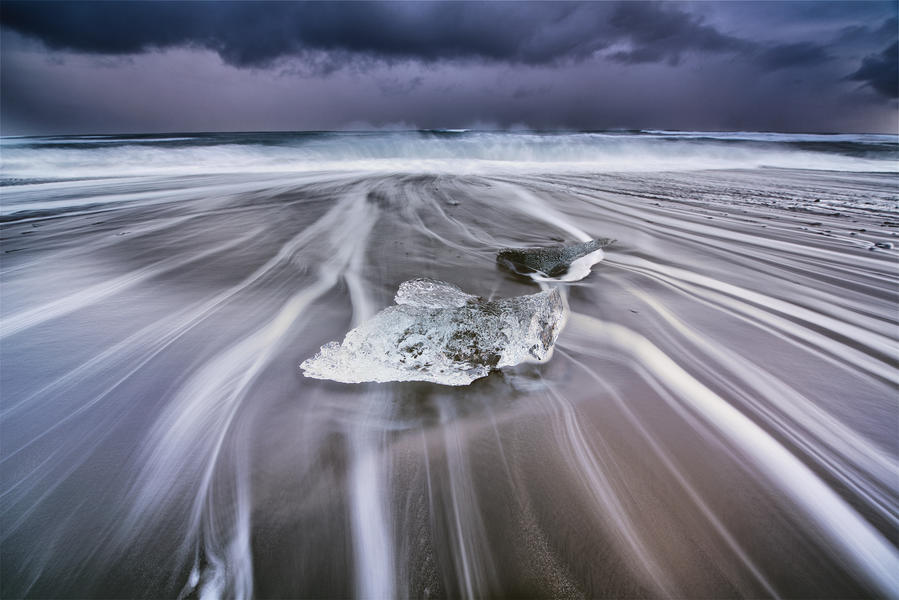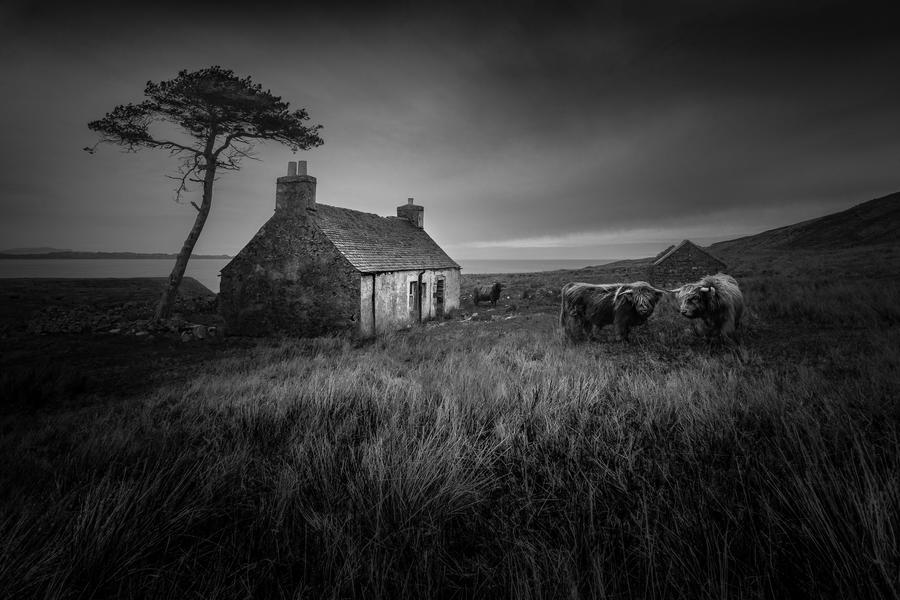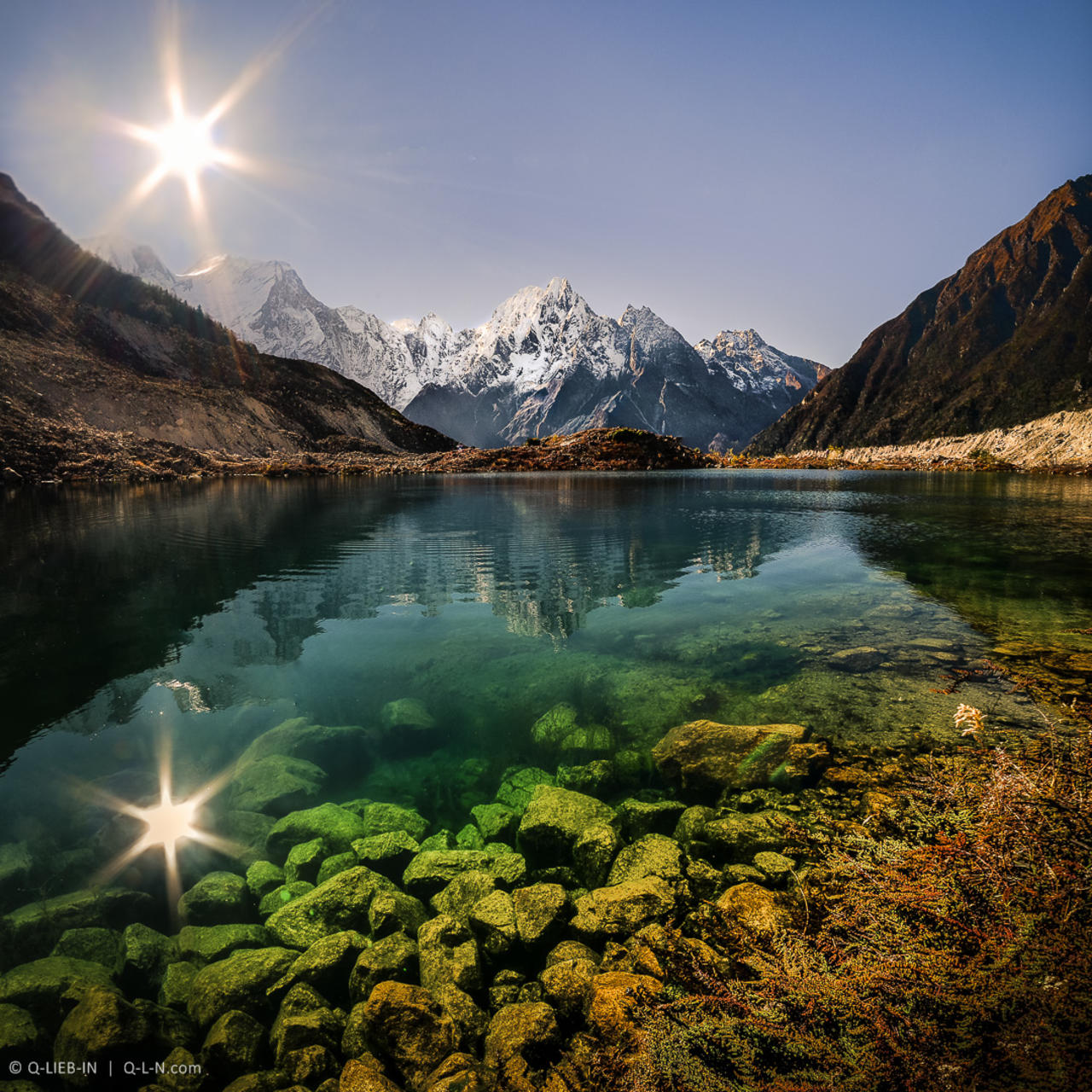If you’re new to landscape photography, it can be difficult to know which lenses will be up to the job. To make life a little easier, three top Photocrowd photographers talk about their favourite landscape lenses.
AFS Nikkor 14-24mm f2.8G ED
‘Motion of the Ocean’, Nikon D800, 14-24mm, 2secs at f/6.3, ISO 50
Chosen by Trevor Cole
I predominantly use wideangle lenses for my landscape photography and my favourite is the AFS Nikkor 14-24mm f2.8G ED. This is an especially ideal optic when the scene presents good foreground interest which I can then use to lead the viewer into the background or scene beyond.
The wideangle lens, used effectively, creates breadth and depth, both of which are integral to creating a good landscape shot. Apart from the light needed to enhance the quality of the image, I think it’s imperative to experiment and use your eye to see what might be a worthy shot. Depth of field, a hyperfocal distance about a third of the way into the image, foreground interest and leading lines all play a role. I tend to shoot at f/11 through to f/16 to get what I think is a sharp image throughout its depth and using a 14mm lens on an FX body maximises the potential. This lens is great when looking for perspective and shooting when the light is right or even when there’s low light. Getting down low is often a good ploy to get texture in close proximity as well as the ‘big picture’ behind.
As well as using a good lens, I think it is imperative to have a good filter system to compliment the lens and ensure the dynamic range is within the capacity of the camera. I use Nisi filters because I feel they perhaps have less of a colour cast than most others filter brands. Plus, they’ve have designed a system which works very effectively with the 14-24mm lens.
Zeiss Distagon T* 18mm f/3.5
‘Matured’, Sony ILCE-7R, 18mm, 1/20sec at f/11, ISO 200
Chosen by Lee Acaster
When it comes to lenses, I tend to favour primes over zooms. Although the flexibility and weight advantage a zoom offers is considerable, I think primes make you work for the image, and importantly, think a little harder when composing. The temptation with a zoom is to simply stand in one spot and change the focal length to refine a composition, whereas the rigidity of a fixed lens means you generally have to change position and move forwards or backwards to get the composition just right.
My favourite lens has to be my Zeiss Distagon T* 18mm. It was quite an investment at the time, but it has proved to be worth its weight in gold (and it is nothing if not heavy). The build quality is quite something. I'm a tad clumsy and the lens has been in the sea three times with no ill-effects. Plus, on more than one occasion, it has saved a camera when my tripod has taken a tumble onto the rocks. The lens is manual focus, and there is still to this day a satisfaction to be gleaned from the silky-smooth motion of the focussing ring.
Build quality aside, where it really comes into its own is the image quality. I’m far from being a gear expert, but there is a magical clarity of detail and colour on the shots I take with it compared to my other lenses. The ultra-wide angle is perfect for dramatic compositions and I find it really helps me make the most of the large empty landscapes of my home paths of East Anglia.
Samyang 14mm f/2.8
‘Walking to the Water’, Nikon D750, 1/50sec at f/16, ISO 100
Chosen by Q-lieb-in
If I had to choose one lens for landscape photography then I’d have to say it’s the Samyang 14mm, f/2.8. I started using this lens around three years ago as I needed a lightweight and high-quality wideangle fixed optic.
I love the fact that it’s ultra-wideangle, has excellent sharpness and detail, and the slightly warm colours it introduces to a scene. The f/2.8 aperture is also crucial for me as it makes shooting landscapes at night much easier. One of the main advantages of this lens is the weight – it weighs only around 500gms. When you’re trekking up a mountain to heights of more than 400mm above sea level, every gram counts. On top of everything else, the lens is inexpensive.
As well as the Samyang, I carry two other lenses in my photo bag: a Nikkor 28-300mm travel-zoom and a fixed lens Nikkor 16mm fishyeye. The 28-300mm I like for its universality – it means I won’t miss a single shot not matter how far away it is. As for the Nikkor 16 mm fishyeye, this lens really helps me create unusual and creative compositions.



